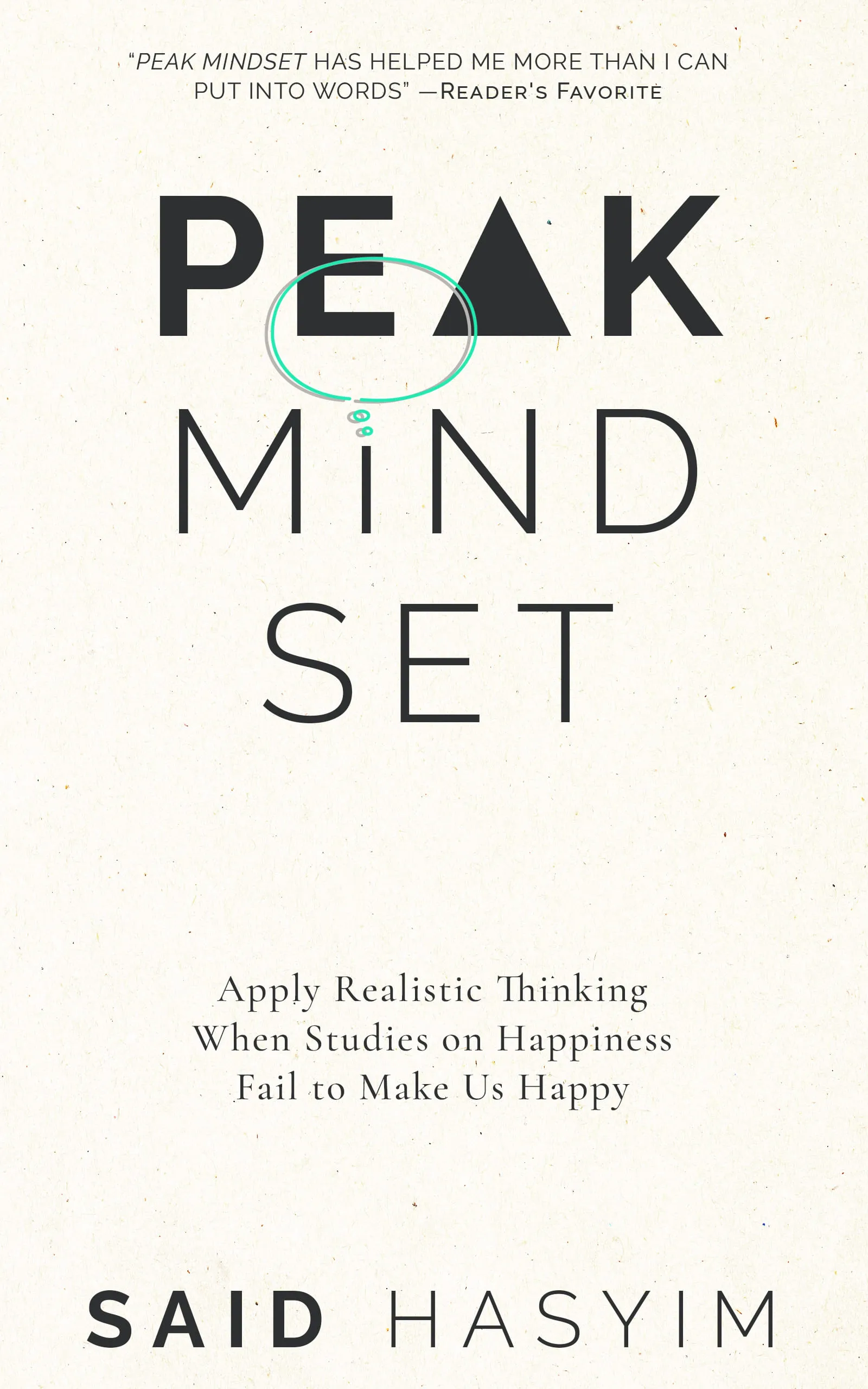A Practical Approach to Realistic Thinking
In today’s rapidly changing world, the ability to think realistically is more important than ever. Realistic thinking allows individuals to navigate the complexities of life with clarity and purpose, enabling them to make informed decisions based on available evidence rather than distorted perceptions or grandiose fantasies. In this blog post, we will explore what realistic thinking entails, the benefits it offers, and practical strategies that anyone can adopt to cultivate this vital skill.
What is Realistic Thinking?
Realistic thinking is a cognitive approach that emphasizes an accurate assessment of situations, goals, and one’s own capabilities. It involves considering facts, evidence, and logical reasoning rather than relying solely on emotions, biases, or unrealistic expectations. This type of thinking enables individuals to set achievable goals, solve problems effectively, and make decisions that are in line with the realities of their circumstances.
Key Characteristics of Realistic Thinking
Fact-Based Assessment: Realistic thinkers base their judgments on verifiable data and credible evidence rather than rumors, misconceptions, or wishful thinking.
Balanced Perspective: They maintain a healthy balance between optimism and pessimism, recognizing potential challenges while also acknowledging opportunities.
Open-Mindedness: Realistic thinkers are open to other viewpoints and willing to challenge their own assumptions. They seek out diverse sources of information to gain a well-rounded understanding of issues.
Adaptability: They approach change with flexibility, adjusting their strategies as new information becomes available or as circumstances evolve.
Goal Orientation: By setting concrete, measurable goals, realistic thinkers can stay focused and motivated, ensuring that their aspirations match their abilities.
Benefits of Realistic Thinking
Engaging in realistic thinking provides several advantages, including:
Improved Decision-Making: Realistic thinkers are more likely to make sound decisions that are informed by a thorough analysis of options and potential outcomes.
Resilience: By confronting and accepting reality, individuals can better cope with setbacks and develop strategies to overcome challenges.
Reduced Anxiety: A realistic appraisal of situations can alleviate unnecessary stress that often stems from unrealistic expectations or unfounded fears.
Enhanced Problem Solving: Realistic thinking equips individuals with the skills to break down complex problems into manageable parts and devise effective solutions.
Greater Satisfaction: When goals are aligned with reality, individuals are more likely to achieve them, leading to a greater sense of accomplishment and satisfaction.
Practical Strategies for Cultivating Realistic Thinking
While realistic thinking may come naturally to some, it is a skill that can be cultivated through practice. Here are some practical strategies to help you develop this important mindset:
1. Practice Mindfulness
Mindfulness helps cultivate awareness of the present moment, allowing you to observe your thoughts and feelings without judgment. By developing mindfulness, you can become more aware of cognitive biases and irrational beliefs that may cloud your judgment.
- How to Start:
- Dedicate 5-10 minutes each day to mindfulness meditation, focusing on your breath and observing your thoughts as they arise.
- Consider incorporating mindful activities such as yoga or tai chi, which emphasize body awareness and mental clarity.
2. Challenge Your Assumptions
Often, we hold beliefs and assumptions that are untested or based on limited experiences. Challenge these by seeking out evidence that supports or contradicts your beliefs.
- How to Start:
- Create a list of your key assumptions related to a specific goal or situation.
- Research or discuss these assumptions with others to identify areas where they may be misleading or incorrect.
3. Set SMART Goals
Setting SMART (Specific, Measurable, Achievable, Relevant, Time-bound) goals is a powerful way to bring realism into your ambitions. This structured approach helps ensure that your goals are grounded in reality.
- How to Start:
- Take a goal you’d like to achieve and break it down into the SMART criteria.
- Regularly assess your progress and make adjustments as needed, staying focused on the relevant metrics of success.
4. Seek Feedback and Different Perspectives
Engage with others to gain insights and constructive feedback on your ideas and plans. This collaboration helps to reveal blind spots and offers alternative perspectives that can refine your thinking.
- How to Start:
- Share your goals, thoughts, or plans with trusted peers or mentors.
- Be open to criticism and willing to reconsider your approach based on the feedback you receive.
5. Practice Creative Problem Solving
Creativity does not need to be at odds with realistic thinking. In fact, combining creative approaches with realistic assessments can yield effective solutions to challenging problems.
- How to Start:
- When faced with a problem, brainstorm multiple solutions without judgment. After exploring creative options, filter them through a realistic lens by evaluating their feasibility based on existing constraints and resources.
6. Reflect on Past Experiences
Take time to reflect on previous situations where your thinking led to success or failure. Understanding the outcomes of your decisions can provide valuable insights into your thought processes.
- How to Start:
- Maintain a journal where you document significant decisions, their outcomes, and the thought processes that led to those outcomes.
- Review and analyze these entries periodically to identify patterns and areas for improvement.
Conclusion
Adopting a practical approach to realistic thinking can significantly enhance decision-making, problem-solving, and overall well-being. By cultivating an evidence-based mindset, challenging assumptions, setting achievable goals, and embracing diverse perspectives, we can navigate the complexities of life with greater confidence and resilience. As you embark on this journey towards realistic thinking, remember that it’s not about abandoning hope or aspiration; rather, it’s about aligning your dreams with the reality of your circumstances to create a more fulfilling and purposeful life.
Leverage Your Mindset for a Fulfilling Life
Explore Peak Mindset, a book to leveraging your subconscious for a more fulfilling life. Gain insights into realistic thinking, money management, and stress resilience to make informed decisions. Discover pitfalls in conventional happiness advice and practical strategies for self-transformation. Unlock your potential and enhance your overall satisfaction.
